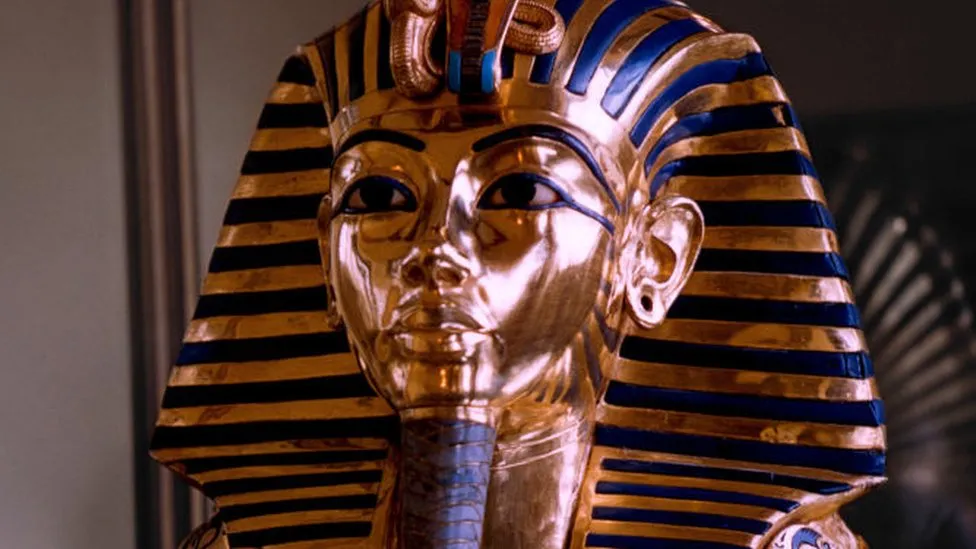
For more than 3,200 years, the
slot tomb of Tutankhamun lay untouched beneath the shimmering sands of Egypt.
But, as a new exhibition opens exploring the boy king's life, one renowned Egyptologist reveals how the flames of one of the greatest ever archaeological discoveries were ignited by a man from South Yorkshire.
The names of the two men who discovered Tutankhamun's tomb are almost as famous as the young pharaoh himself.
After a six-year search, on 4 November 1922 it was British archaeologist Howard Carter who, with the financial backing of George Herbert, the 5th Earl of Carnarvon, unearthed the Egyptian king's final resting place.
Inside were more than 5,000 beautifully preserved items; statues, gold jewellery, chariots, canopic jars and a series of coffins inside which, beneath a glittering, golden death mask, lay the mummified remains of Tutankhamun




























































































































%20TPCC2.jpg)

















































































.png)










